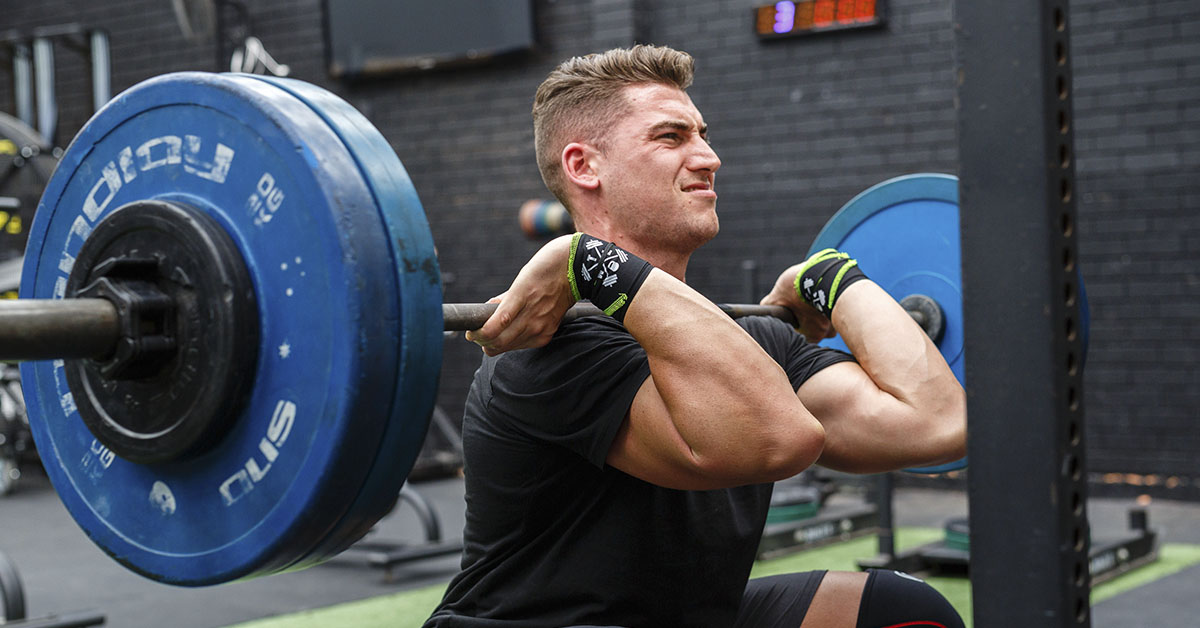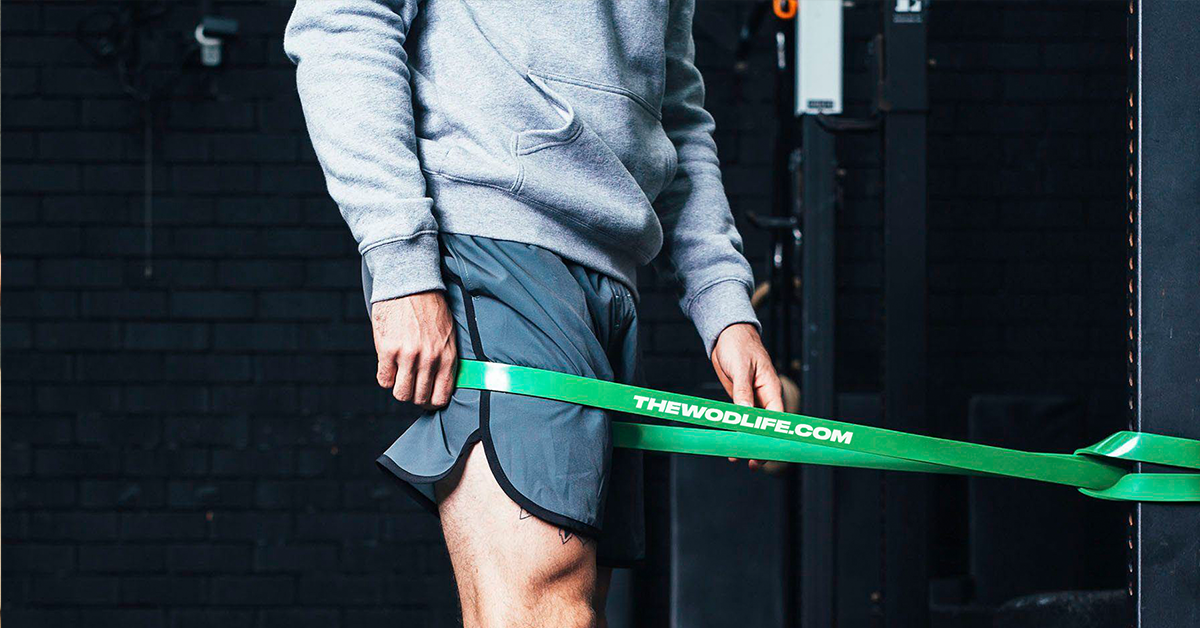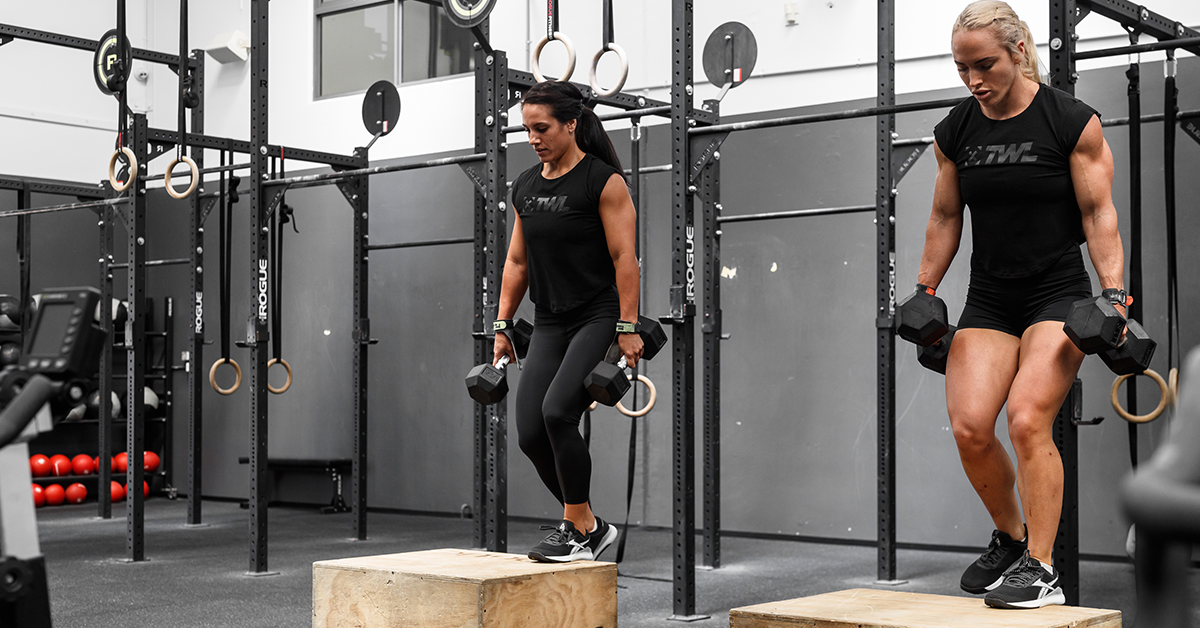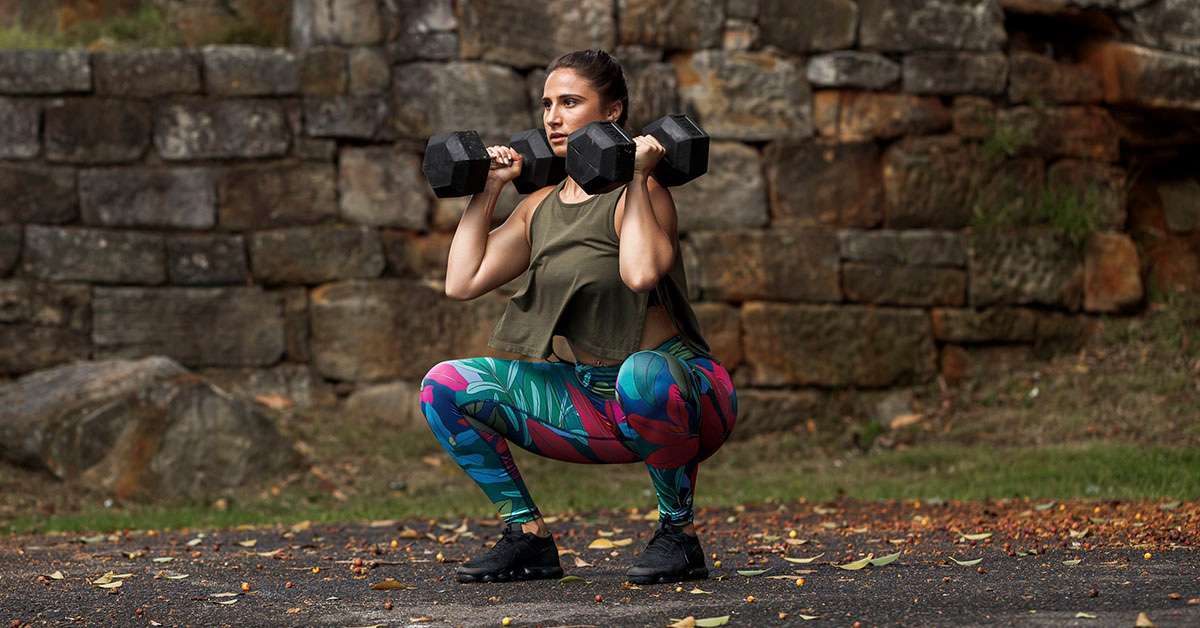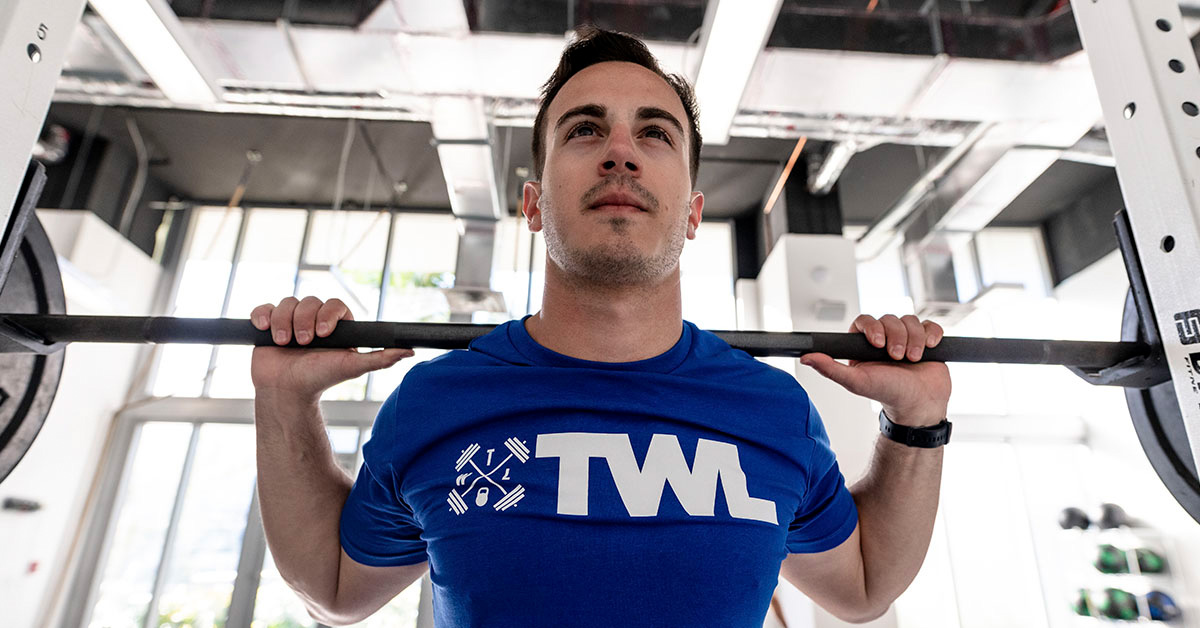When we go to the gym for some lifting, we generally know what we are hoping to accomplish. We are well versed in our lifts enough to know the basic movements and purposes, and the muscle groups we are attacking. We usually don’t think about the other muscles we are training during these lifting sessions, but there may be some fault to that.
Front squats are an excellent tool in our arsenal. A move we use in many exercises and movements, it’s necessary to train this particular lift so we can get out of the bottom of a clean or a thruster. But should the responsibility lie only in our legs? Believe it or not, front squats are largely an upper back workout.
If we work on front squats solely for the purpose of strong legs, we’re missing a lot of potential gains. The front squat is performed by getting the barbell into the front rack position, lowering your hips below parallel to the bottom of the squat, and lifting yourself back to a completely upright, locked-out position. It seems easy enough until you start adding weight to the barbell.
https://www.instagram.com/p/CCGAye5nyuS/
One of the main factors in a front squat is to maintain an upright position at the bottom of the squat, so you are able to hold the weight in a safe place. This feat is not accomplished by your legs — it’s accomplished by your abdominals and back, or specifically, your erector spinae.
Psst! Do you often get buried under heavy weight? Read our blog on four exercises for strengthening the bottom of your squat!
If we get into an incorrect position, bent over with the back curved, we can find it difficult to extend out of the bottom of the squat and also can find ourselves injured. Back strength is just as important as quad strength in this movement. How many times have we found ourselves at the bottom of a heavy front squat or clean only to have the weight fall forward before we can stand up? Probably more than we care to admit.
This all comes down to your back muscles. Allowing those muscles to strengthen will allow them to pull you up in accordance with your quads to not only complete the lift but also complete it safely and efficiently. We want our backs to be strong to keep our shoulders back, to maintain the correct front rack position, and to be able to stand powerfully.
https://www.instagram.com/p/CAWkxYJAiuK/
Remember, this is what makes squats an excellent compound movement: it works so many muscles all at once. Not only will your legs reap the rewards but so will your shoulders, back, core, and glutes.
The same can truly be said for all types of squats, including back squats and overhead squats. Even more simplified versions like dumbbell/kettlebell goblet squats give you a near total-body workout. Squats are the gift that keeps on giving, and they’ll lead to improvements in your fitness in more ways than one.
Shop Now
While the concept of the squat is straightforward — sit down, stand up — it’s important to always make the technique a priority. Very often, flaws, weaknesses, and imbalances in one area of your squat will negatively affect something elsewhere.
Functional fitness is all about efficiency and strength. Working on your back strength to encourage safe and healthy lifts is what we need the goal to be. In order to move your body well and for long periods of time, you need to take care of it. Using the squat to strengthen your back muscles may be one of the most important choices you make. It will not only make your front squat better but will allow you to finish your cleans. And anything that makes getting out of a thruster easier is a win.
Have your squats stopped improving? We can help! Check out our squat program by signing up below.

